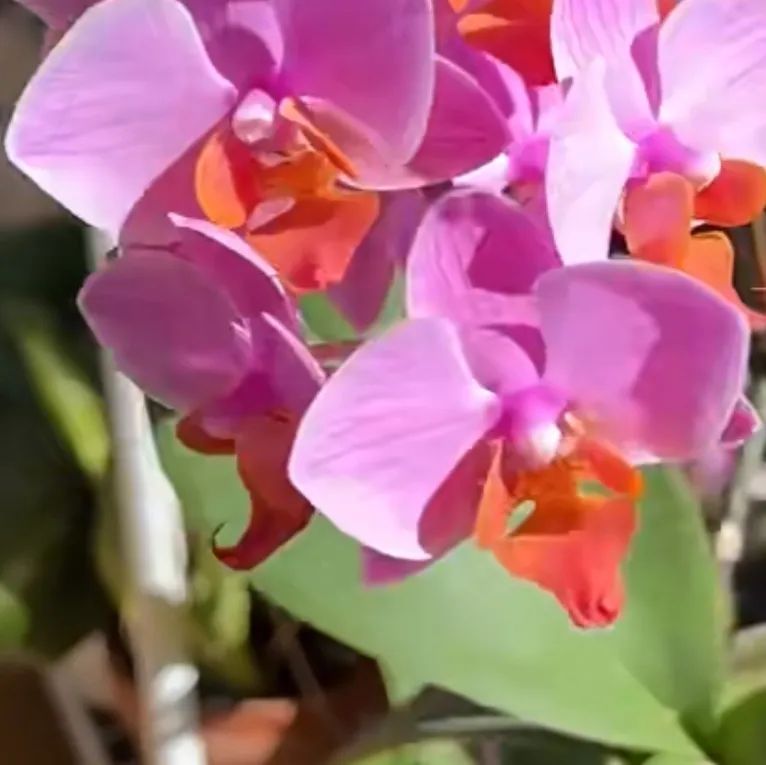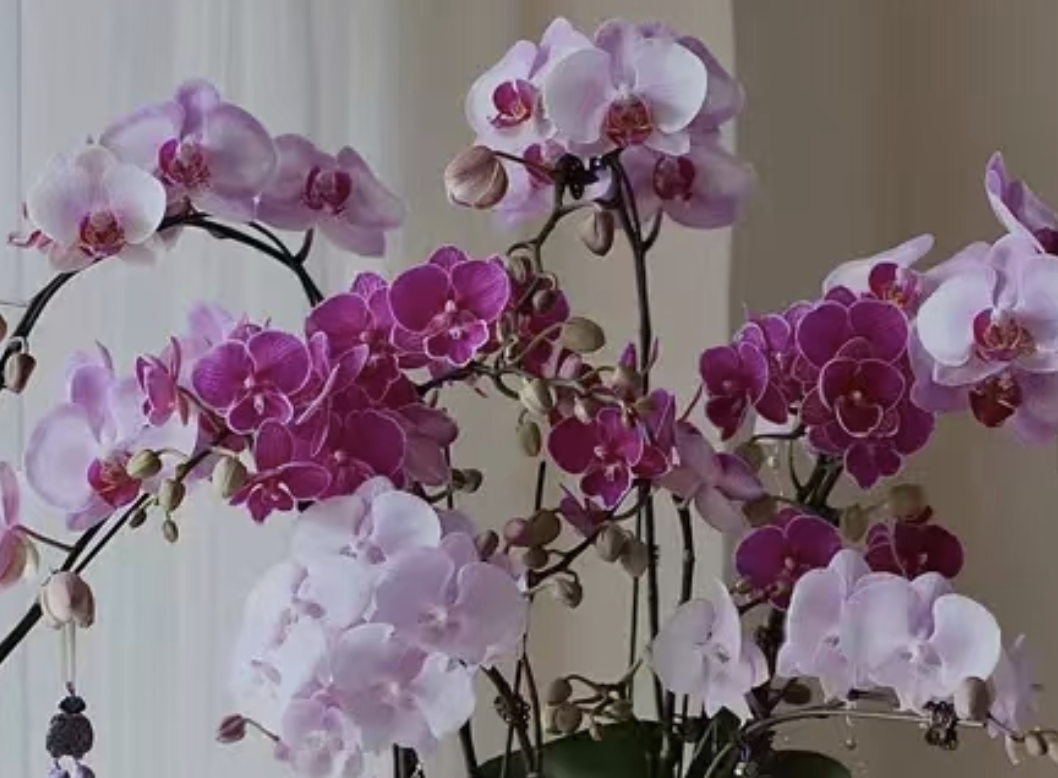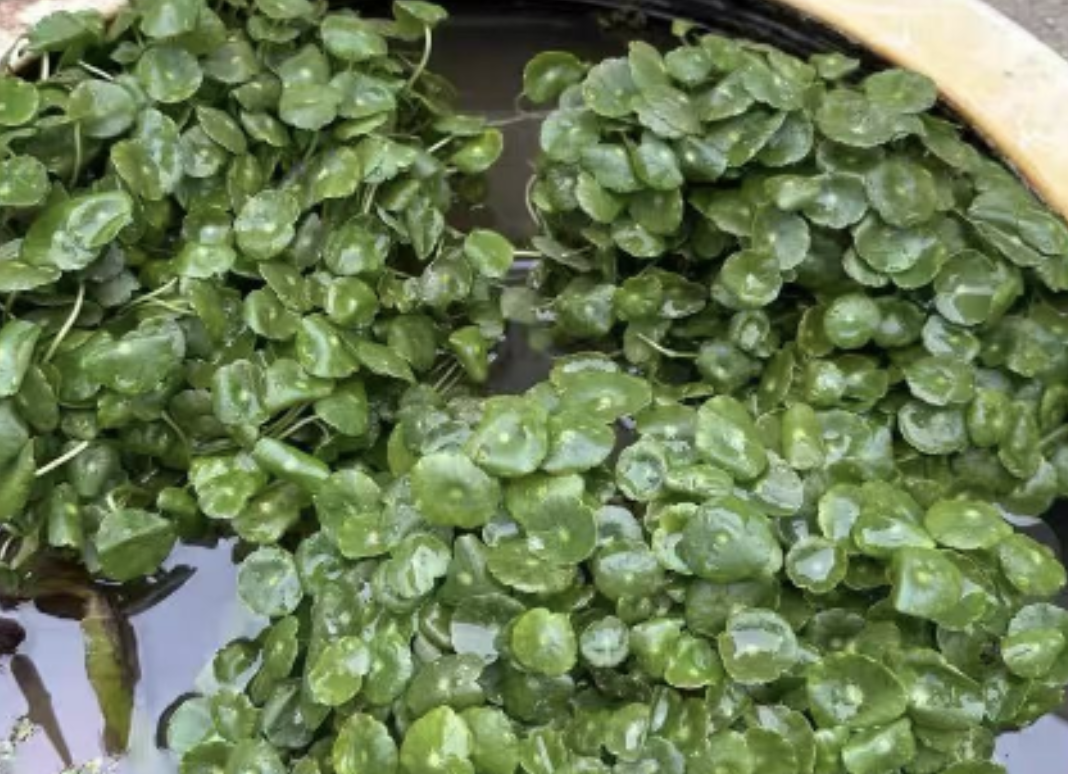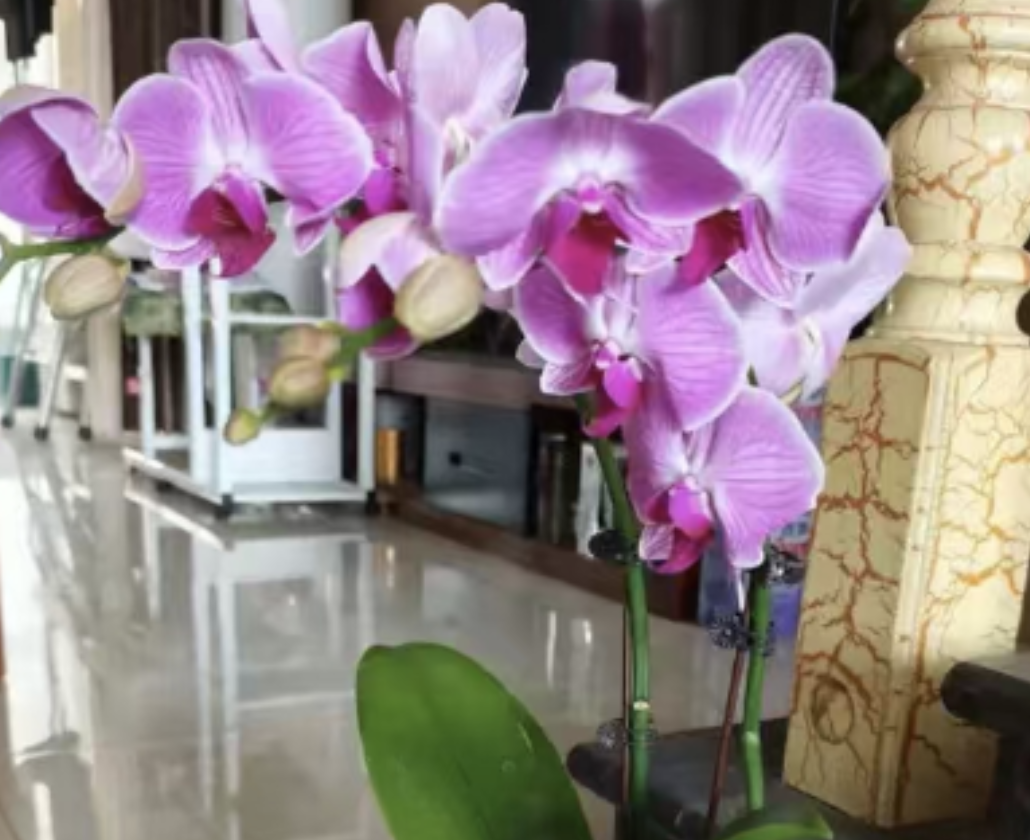Today, let me introduce the extremely beautiful Phalaenopsis Santa Rosa.
First of all, is Santa Rosa a waxy flower? The answer is that the flowers of Santa Rosa have a certain waxy texture. Its petals are thick in texture, bright in color, and shimmer with charming luster in the sun.
How long is the flowering period? The flowering period of Santa Rosa is relatively long and can last for several months. As long as it is properly cared for, you can enjoy its beauty for a long time.
So, is Phalaenopsis Santa Rosa easy to grow? In fact, as long as you master the correct maintenance methods, Santa Rosa is not difficult to grow. Now let's share the methods and precautions for maintaining Santa Rosa.
Planting method:
Preparation stage: First, choose a pot with good air permeability. It can be a plastic pot or a special pot for orchids. Then prepare the planting substrate. Sphagnum moss and bark are both very good choices. They are loose, breathable and have good drainage.🛍️
Planting steps: Carefully take Phalaenopsis Santa Rosa out of the original pot, gently remove the old substrate, and check if there is any damage or rot in the root system. If there is a problem, deal with it in time. Then put the plant into the new pot and slowly fill in the substrate to fix the plant. Be careful not to bury it too deep and let the root system stretch naturally.
Maintenance skills:
Light: Santa Rosa loves bright scattered light, but direct sunlight should be avoided. It can be placed by the window or in a shaded place to enjoy soft light.
Temperature: Appropriate temperature is crucial for the growth of Santa Rosa. It prefers a warm environment. The most suitable temperature is between 18℃ and 28℃. In winter, pay attention to keeping warm to prevent cold.
Watering: Watering needs to be appropriate, neither too much nor too little. Usually water when the surface of the substrate is slightly dry to avoid root rot caused by water accumulation. You can use a watering can to spray water to keep the air humid.
Fertilization: During the growth period, you can fertilize Santa Rosa regularly. Choose special orchid fertilizer and fertilize according to the instructions. Do not over-fertilize.
Precautions:
Avoid frequent moving: Santa Rosa doesn't like frequent changes in position. Try to choose a fixed place to place it and let it adapt to the environment.
Prevent pests and diseases: Regularly check the leaves and flowers of Santa Rosa. Once pests and diseases are found, deal with them in time. Some natural prevention and control methods can be used, such as wiping the leaves with soapy water.
Repotting: When the root system of Santa Rosa fills the pot, you can consider repotting. Be careful when repotting to avoid damaging the root system.
Is Phalaenopsis Santa Rosa easy to grow?

Share with
Tagged in :




Leave a Reply